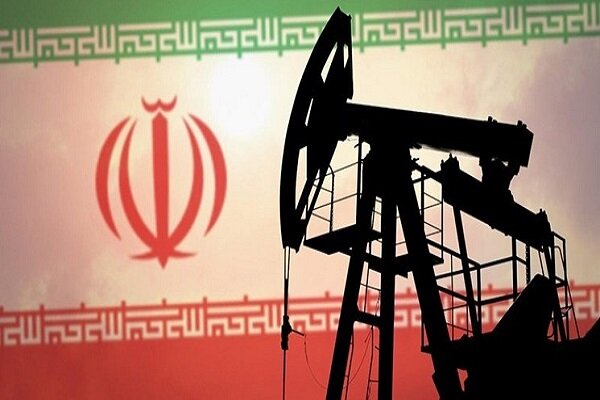Iran’s Crude Oil Exports to China Soar Amidst US Sanctions
In February, Iranian oil exports to its largest buyer are expected to reach an impressive 1.74 million barrels per day, reflecting a significant increase in shipments. This surge, as reported by preliminary data from Kpler and cited by Bloomberg, marks an 86% rise from January’s export levels, indicating a robust rebound in Iran’s oil trade.
This remarkable boost in shipments can be attributed to several factors, including the opening of new receiving terminals and an increase in ship-to-ship transfers. These developments have streamlined the export process, allowing Iran to enhance its oil delivery capabilities effectively.
However, the geopolitical landscape remains turbulent. The Trump administration has indicated a potential return to its maximum pressure approach aimed at curtailing Iran’s oil exports. This strategy was prominent during Trump’s first term and focused on crippling the Iranian economy to deter its nuclear ambitions.
U.S. Treasury Secretary Scott Bessent has outlined the administration’s goal: to reduce Iranian oil exports to a mere 10% of their current levels. This stark objective highlights the ongoing tensions surrounding Iran’s nuclear program and the U.S. stance on sanctions.
According to Kpler’s recent analysis, the anticipated return of the maximum pressure campaign could have significant implications for Iranian oil exports to China, which is currently the largest buyer of Iranian crude. Analysts suggest that while the short-term impacts may be felt, the long-term dynamics of the market could shift significantly.
- Increased Caution Among Buyers: Kpler analyst Homayoun Falakshahi notes that some buyers, particularly larger privately owned Chinese refiners, may exercise caution in their dealings with Iranian oil. This is primarily due to rising prices associated with strategies to circumvent U.S. sanctions.
- Market Adjustments: The adjustments in the market will likely lead to a temporary slowdown in oil exports to China as buyers reassess their positions in light of potential sanctions.
- Impact of Sanctions: The looming threat of renewed U.S. sanctions could not only affect Iranian exports but also alter the global oil market dynamics as countries navigate the complexities of compliance.
The potential ramifications of these geopolitical maneuvers extend beyond Iran and China. The global oil market is intricately linked, and shifts in supply from one major player can reverberate across various economies. The situation demands close monitoring, as changes in Iranian oil exports could influence global prices and availability.
In summary, February’s projected increase in Iranian oil exports signifies a noteworthy trend in the face of evolving political pressures. The interplay between U.S. sanctions and international oil trade remains a critical issue for stakeholders in the energy sector. As the situation develops, market participants will need to adapt their strategies to navigate the complexities of the current geopolitical landscape.
Staying updated on these developments is essential for anyone involved in the oil and gas industry, as shifts in policy and market conditions can have profound implications for pricing, supply chains, and overall market stability.
As we look ahead, the ongoing dynamics of Iranian oil exports will continue to be a focal point for analysts and investors alike. Strategies will need to evolve to mitigate risks associated with potential sanctions while capitalizing on opportunities presented by changes in the market.






